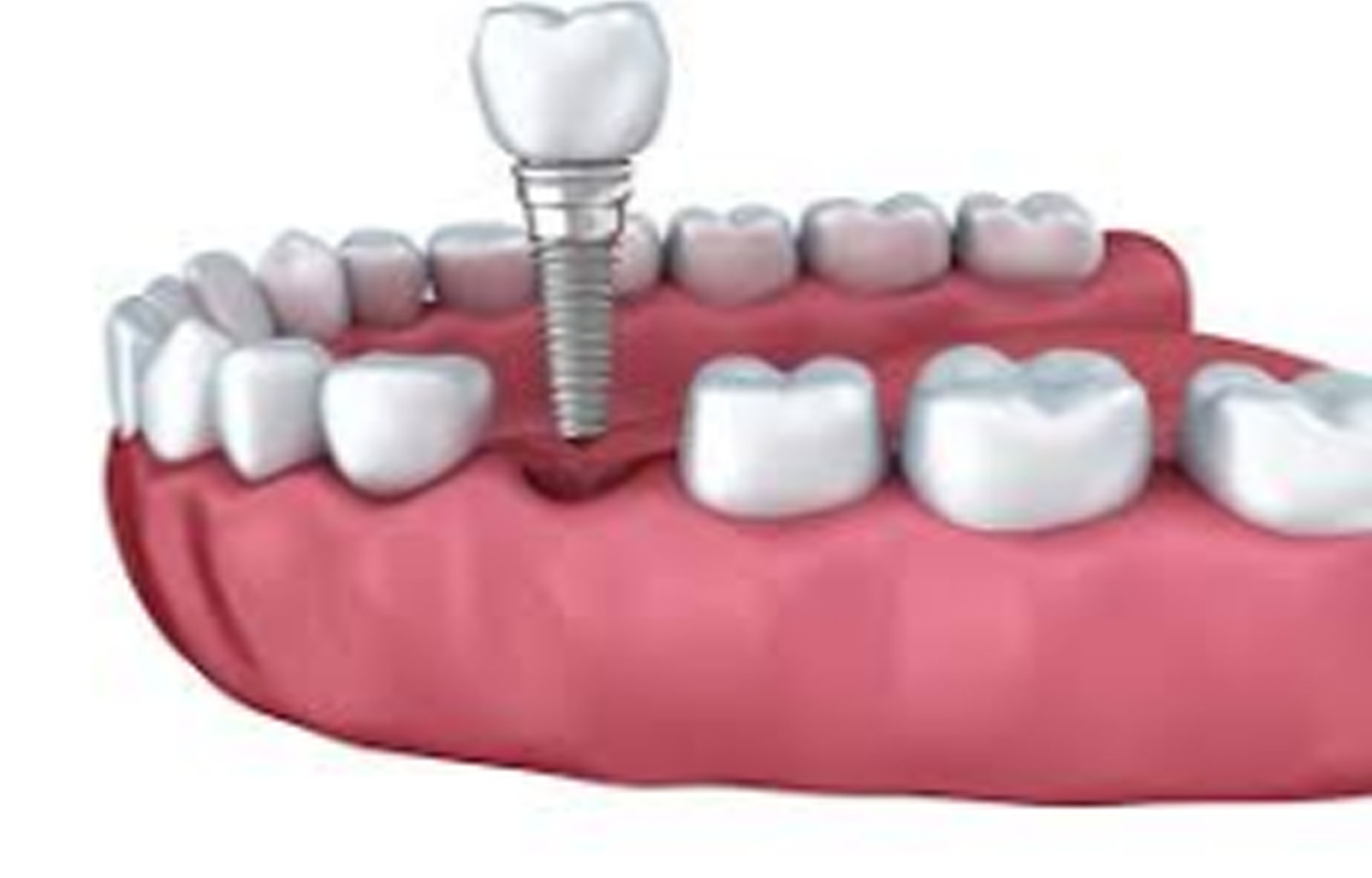- Home
- Medical news & Guidelines
- Anesthesiology
- Cardiology and CTVS
- Critical Care
- Dentistry
- Dermatology
- Diabetes and Endocrinology
- ENT
- Gastroenterology
- Medicine
- Nephrology
- Neurology
- Obstretics-Gynaecology
- Oncology
- Ophthalmology
- Orthopaedics
- Pediatrics-Neonatology
- Psychiatry
- Pulmonology
- Radiology
- Surgery
- Urology
- Laboratory Medicine
- Diet
- Nursing
- Paramedical
- Physiotherapy
- Health news
- Fact Check
- Bone Health Fact Check
- Brain Health Fact Check
- Cancer Related Fact Check
- Child Care Fact Check
- Dental and oral health fact check
- Diabetes and metabolic health fact check
- Diet and Nutrition Fact Check
- Eye and ENT Care Fact Check
- Fitness fact check
- Gut health fact check
- Heart health fact check
- Kidney health fact check
- Medical education fact check
- Men's health fact check
- Respiratory fact check
- Skin and hair care fact check
- Vaccine and Immunization fact check
- Women's health fact check
- AYUSH
- State News
- Andaman and Nicobar Islands
- Andhra Pradesh
- Arunachal Pradesh
- Assam
- Bihar
- Chandigarh
- Chattisgarh
- Dadra and Nagar Haveli
- Daman and Diu
- Delhi
- Goa
- Gujarat
- Haryana
- Himachal Pradesh
- Jammu & Kashmir
- Jharkhand
- Karnataka
- Kerala
- Ladakh
- Lakshadweep
- Madhya Pradesh
- Maharashtra
- Manipur
- Meghalaya
- Mizoram
- Nagaland
- Odisha
- Puducherry
- Punjab
- Rajasthan
- Sikkim
- Tamil Nadu
- Telangana
- Tripura
- Uttar Pradesh
- Uttrakhand
- West Bengal
- Medical Education
- Industry
Low-dose clindamycin irrigation effectively decontaminates particulate bone grafts: Study

According to recent investigations, it is found that local administration of clindamycin (20 μg/mL) is effective for the decontamination of particulate bone graft, as published in the International Journal of Implant Dentistry.
Clindamycin in low concentration (20 μg/mL) is safe for the vitality and osteogenic potential of bone cells. Clindamycin is commonly used as a prophylactic antibiotic in maxillofacial surgery. It has excellent bone and soft-tissue penetration after single-dose administration.
According to the in vitro examinations on primary human osteoblasts (PHO) and cell lines after exposure to different antibiotics, and due to the minimum inhibitory concentration (MIC) of clindamycin, a solution consisting 20 μg/mL of clindamycin was recommended for local decontamination of the bone grafts.
Therefore, Hassan Mohajerani and colleagues from the Department of Oral and Maxillofacial Surgery, Shahid Beheshti University of Medical Sciences, Velenjak, Tehran, Iran carried out the present study with the sole aim to evaluate the efficacy of local clindamycin—qualitatively and quantitatively—for decontamination of collected particulate bone grafts, collected during implant site preparation.
The authors conducted a non-randomized parallel-group study on samples from 17 patients. The particulate bone collected during implant site preparation was divided into three portions by weight: in group S1, the particulate bone was immersed in thioglycolate broth without any antibiotic treatment; in group S2, the collected particulate bone was irrigated with 100 mL clindamycin solution (20 μg/mL); and in group S3, the collected particulate bone was soaked in one ml clindamycin solution (20 μg/mL) for 3 min. Samples in the three groups were cultured in aerobic and anaerobic media and species and CFU count of isolated bacteria were determined.
The following findings were observed-
a. Analysis of the data demonstrated a significant difference among the three groups in the mean count of total microorganisms (P = 0.001).
b. The difference in the mean count of anaerobic and aerobic microorganisms in the three groups were statistically significant as well (P = 0.001).
c. Pseudomonas aeruginosa was the only microorganism that was not affected with the mentioned antibiotic.
Therefore, the researchers concluded that "Local use of low-dose clindamycin (20 μg/mL)—irrigation or 3 min immersing—is effective for the decontamination of particulate bone grafts."
Dr. Nandita Mohan is a practicing pediatric dentist with more than 5 years of clinical work experience. Along with this, she is equally interested in keeping herself up to date about the latest developments in the field of medicine and dentistry which is the driving force for her to be in association with Medical Dialogues. She also has her name attached with many publications; both national and international. She has pursued her BDS from Rajiv Gandhi University of Health Sciences, Bangalore and later went to enter her dream specialty (MDS) in the Department of Pedodontics and Preventive Dentistry from Pt. B.D. Sharma University of Health Sciences. Through all the years of experience, her core interest in learning something new has never stopped. She can be contacted at editorial@medicaldialogues.in. Contact no. 011-43720751
Dr Kamal Kant Kohli-MBBS, DTCD- a chest specialist with more than 30 years of practice and a flair for writing clinical articles, Dr Kamal Kant Kohli joined Medical Dialogues as a Chief Editor of Medical News. Besides writing articles, as an editor, he proofreads and verifies all the medical content published on Medical Dialogues including those coming from journals, studies,medical conferences,guidelines etc. Email: drkohli@medicaldialogues.in. Contact no. 011-43720751


